The Tempified system isn’t just another character-building tool. It’s about cracking open the layers of human nature, getting right down to the raw stuff that makes characters not just believable, but real. It’s all built on the concept of temperaments, blending ancient wisdom with modern psychological insights. Think of it as an old-school idea with a fresh coat of paint, designed to help you craft characters that stick—the ones your audience can’t stop thinking about.
At its core, the Tempified system rests on four fundamental temperaments. These temperaments capture the essence of human behavior, like the invisible strings that pull us toward decisions, desires, and conflicts. By digging into these concepts, Tempified gives you a framework that’s solid enough to guide you, but flexible enough to let your creativity run wild.
But before we get into how Tempified works today, let’s take a little detour back in time—back to when the idea of temperaments was just starting to brew, from ancient Greece to now. Understanding where these ideas come from helps us see how they’ve evolved into something even more powerful today. Ready for that journey? Let’s hit the road.
A Historical Perspective on Temperaments
Let’s take a stroll through history. Since the days when the earth was thought to be flat, humans have been fascinated by personality. Ancient scholars agreed that we possess four fundamental natures. Despite the names evolving over time, these descriptions have remained remarkably stable. Today, we understand these temperaments as the brain’s innate wiring—the hardware of our personalities.
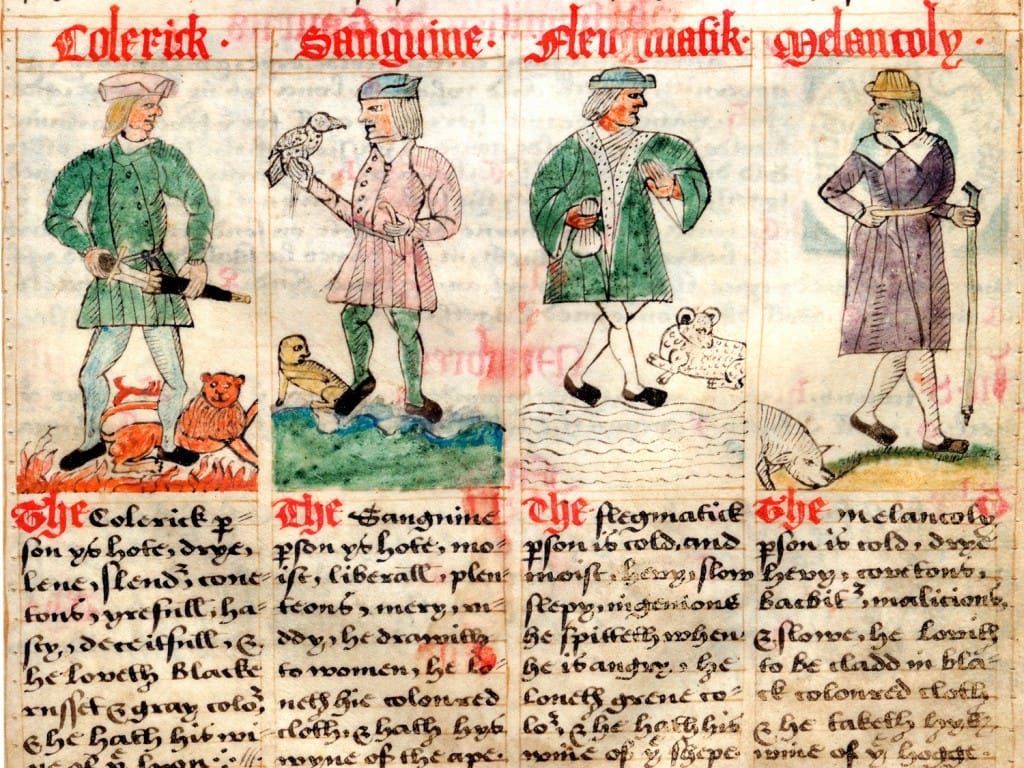
The Birth of the Four Elements
Our story begins with the ancient Greeks, who loved categorizing everything into four elements: fire, water, earth, and air. Empedocles famously said, “There are four elements: fire, water, earth, and air. Love brings them together, and Strife separates them.” These elements were reflected in mythology, seasons, astrology, and even Tarot.
- Water represents winter and is symbolized by Poseidon (or Neptune). Associated with emotions and relationships, it aligns with the Tarot's Cups. Zodiac signs Pisces, Cancer, and Scorpio, known for emotional depth and intuition, fall under water.
- Air is linked to spring and represented by Hera (or Juno). In Tarot, it corresponds to the Swords, symbolizing intellect and action. The zodiac signs Aquarius, Gemini, and Libra, known for creativity and communication, are connected to air.
- Earth corresponds to autumn and is symbolized by Hades (or Pluto). Associated with materiality, it aligns with the Tarot’s Pentacles. Zodiac signs Capricorn, Taurus, and Virgo, known for their practicality and stability, fall under earth.
- Fire represents summer and is symbolized by Zeus (or Jupiter). Connected to passion and conflict, it is symbolized by the Tarot’s Wands. Zodiac signs Aries, Leo, and Sagittarius, known for energy and enthusiasm, are governed by fire.
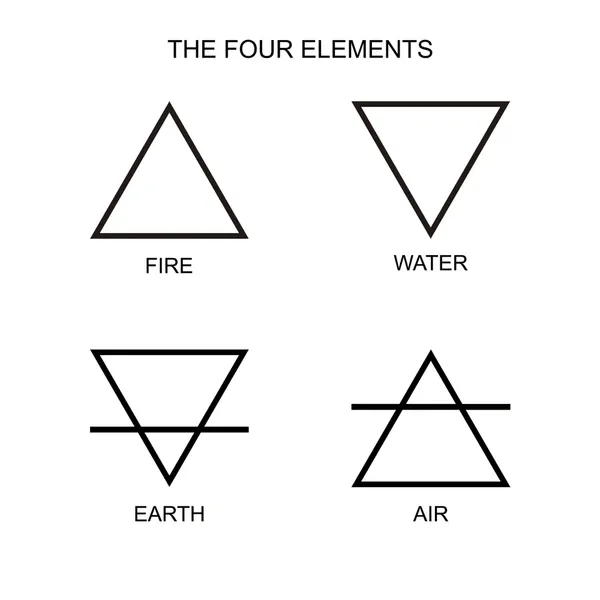
The Evolution in the Four Temperaments
Hippocrates, considered the father of Western medicine, proposed that human behaviour and health were influenced by the balance of four bodily fluids or "humours": blood, yellow bile, black bile, and phlegm. These humours were linked to 4 distinct temperaments:
- Phlegmatic: Calm, reliable, and thoughtful.
- Sanguine: Sociable, enthusiastic, and optimistic.
- Choleric: Ambitious, leader-like, and irritable.
- Melancholic: Introspective, cautious, and sensitive.
Later, in the 20th century, Hans Eysenck, a British psychologist, advanced the theory by applying statistical analysis to temperament. He demonstrated the biological and hereditary underpinnings of these traits, connecting them to modern neuroscience. Eysenck’s research confirmed that temperaments have a significant genetic component, which has since been supported by studies in neurobiology.
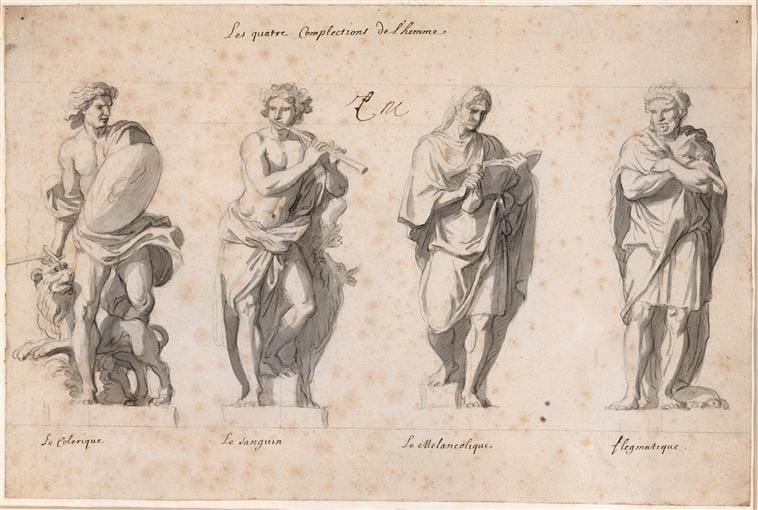
The Influence of Carl Jung and Beyond
Carl Jung proposed 16 personality types, inspiring the Myers-Briggs Type Indicator (MBTI). These types include familiar ones like the INTJ (The Architect), known for being strategic and driven by logic, or the ENFP (The Campaigner), often enthusiastic and driven by creativity and curiosity. The letters in the MBTI—Introversion, Extraversion, INtuition, Sensing, Thinking, Feeling, Perceiving, and Judging—combine to create personality types that describe how individuals interact with the world, make decisions, and process information.
David Keirsey simplified the Myers-Briggs types into four temperaments in his book Please Understand Me:
- Guardians (Phlegmatic): Reliable and focused on tradition, order, and caring for others.
- Artisans (Sanguine): Spontaneous and adaptable, thriving on action, risk, and living in the moment.
- Idealists (Melancholic): Compassionate and driven by ideals, seeking to make a difference or inspire others.
- Rationalists (Choleric): Logical and goal-oriented, enjoying problem-solving and excelling in leadership.
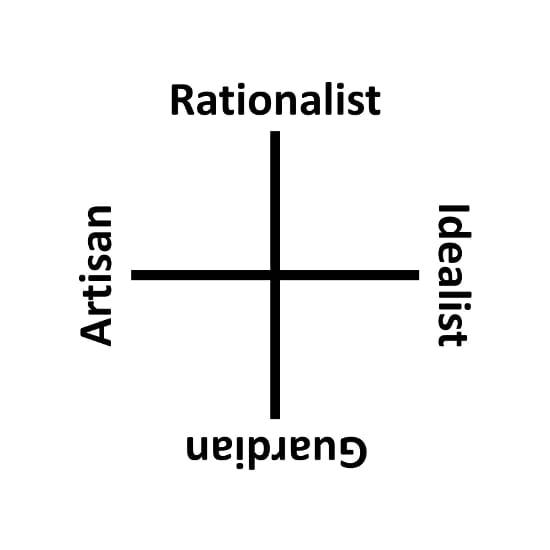
These broad temperaments help to simplify the nuances of the 16 personality types into more general categories, making it easier to understand how different personality traits interact in various contexts.
The Myers-Briggs Type Indicator provides a detailed and precise grid for psychological profiling. However, its complexity often makes it less suitable for character creation in writing. Writers need tools that are straightforward and easily applicable, which is where the Tempified system excels, offering a simplified yet profound approach.
The Biological Basis of Temperaments: Helen Fisher's Scientific Insights
Helen Fisher, an American anthropologist and human behaviour researcher, has significantly advanced our understanding of temperaments, particularly through her work with chemistry.com, a dating platform she helped develop. Fisher's research identifies four major modes of thought and behaviour:
- Builder (Phlegmatic): Associated with serotonin, Builders are reliable, grounded, and focused on stability and tradition.
- Explorer (Sanguine): Driven by dopamine, Explorers are adventurous, spontaneous, and always seeking new experiences.
- Negotiator (Melancholic): Linked to estrogen and oxytocin, Negotiators are empathetic, intuitive, and focused on relationships and harmony.
- Director (Choleric): Connected to testosterone, Directors are decisive, goal-oriented, and thrive in leadership and problem-solving.
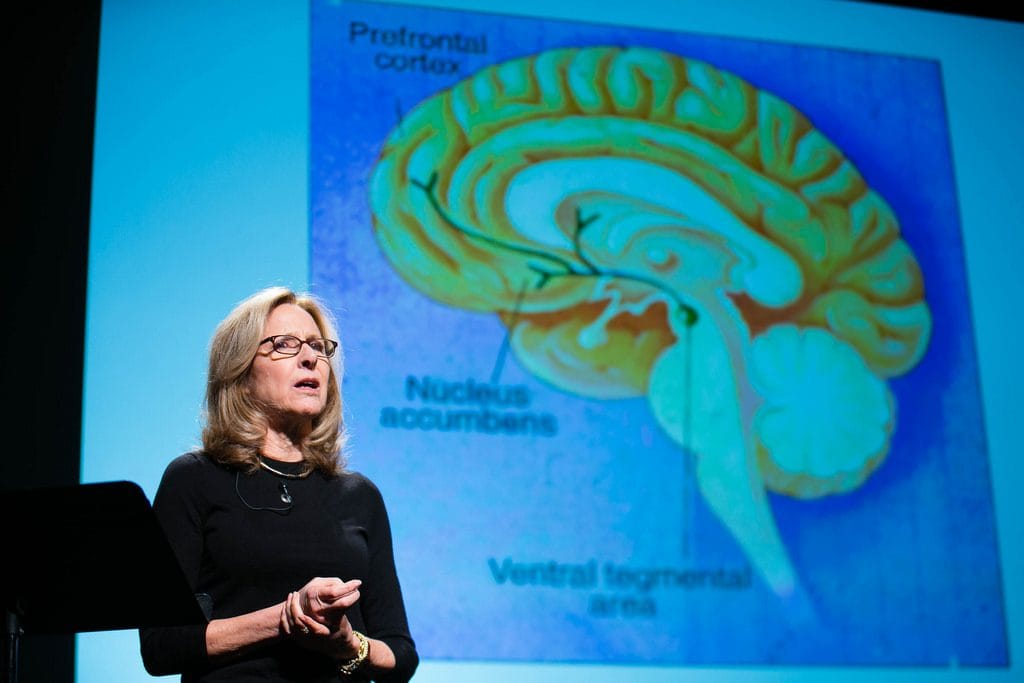
These temperaments, while biologically based and observable from early childhood, are not rigid types but unique combinations within each individual. Fisher's extensive data collection, including personality tests from millions of users, reveals that these temperaments have a biological foundation but can evolve over time due to environmental influences and life choices. Her model, while similar to David Keirsey's, is enriched with precise statistical data, providing a detailed understanding of how these temperaments are distributed across different populations and cultures.
The Tempified System: Made for Creation
At Tempified, we created our own system of temperaments—Blade, Heart, House, and Sun—to help bring characters to life. Unlike standard personality types, our temperaments are represented by iconic, mythological symbols that reflect core motivations and values, shaping how characters think and act. They serve as the foundation for building dynamic, compelling characters that feel real and drive stories forward.
- ⚔️ BLADE: Let’s begin with Blade. Blade characters are sharp and driven, but more than anything, they seek power. They crave the ability to shape their world, to dominate their environment, to prove themselves by overcoming challenges others shy away from. Whether it's through intellect, skill, or sheer will, Blade characters are constantly pushing forward, seeking to be the best.
- ❤️ HEART: Now, Heart characters are the opposite. Where Blade seeks power, Heart seeks connection. They feel things deeply, caring for others with an intensity that sometimes borders on overwhelming. But it’s what makes them so compelling. Heart characters don’t just want to be loved; they need to love, to nurture, to support.
- 🏡 HOUSE: Then there’s House. Solid, dependable, the pillar of stability. House characters thrive on order, tradition, and loyalty. They value structure in a world that’s often unpredictable, and they’re the ones who hold everything together when things get tough.
- ☀️ SUN: Finally, we come to Sun. Bright, energetic, always searching for the next adventure. Sun characters live for new experiences, for the thrill of discovery. They’re the ones who light up the room, who inspire others to take risks and step into the unknown.
Now that the introductions are out of the way, let’s dive into the heart of Tempified: our four temperaments—Blade, House, Heart, and Sun—and see how they shape characters in ways that bring them to life.



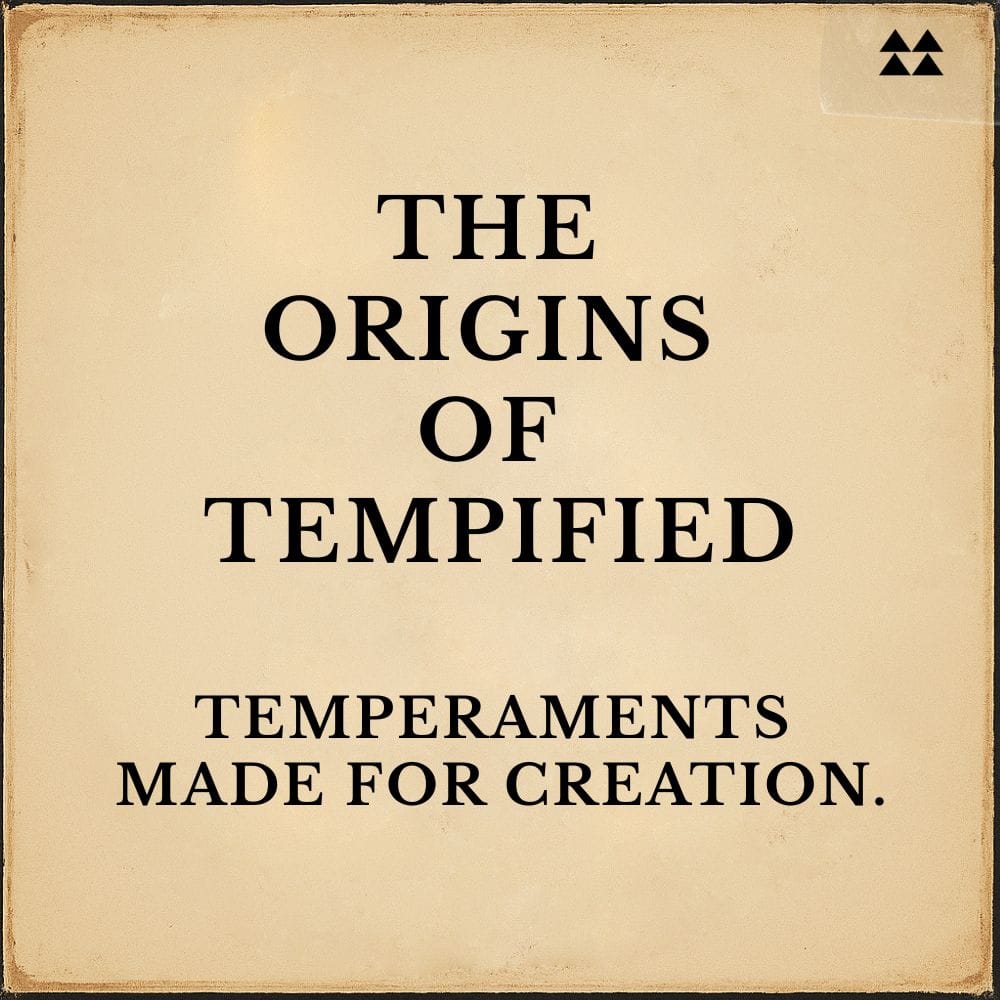
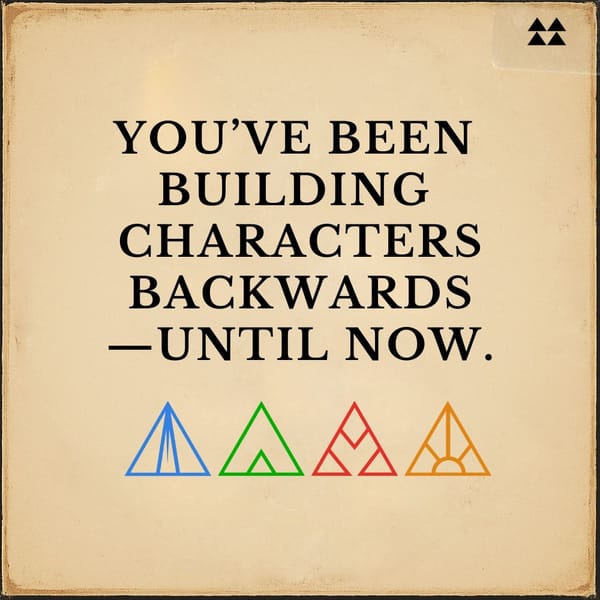
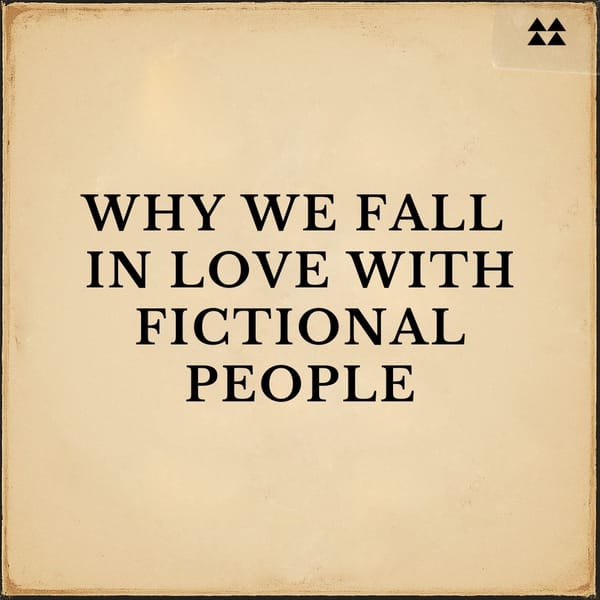

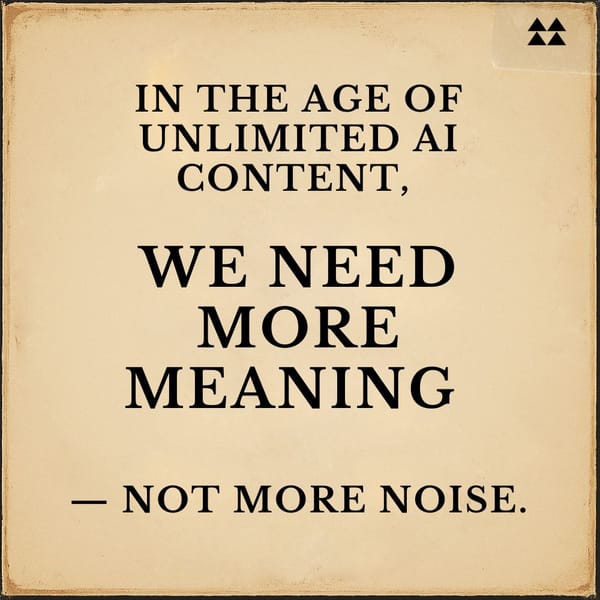
Member discussion